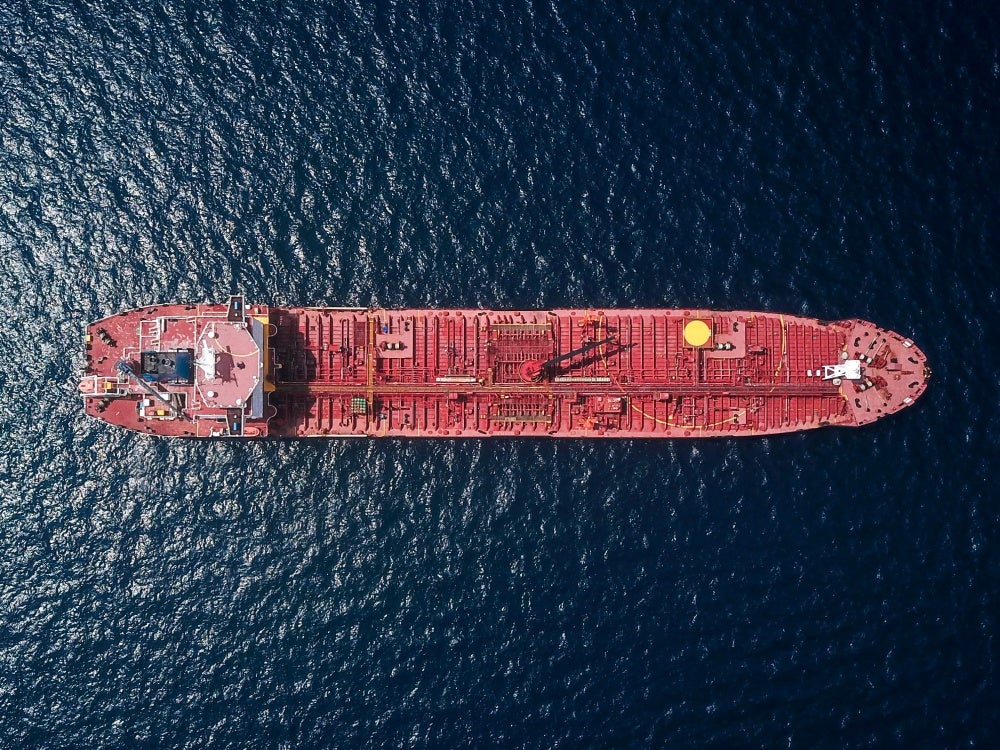18 September 2019
5 min read
#Transport, Shipping & Logistics
Published by:

In August 2019, the Australian Transport and Infrastructure Council (Council) released Australia’s first National Freight and Supply Chain Strategy (Freight Strategy), with goals and targets out to 2024.
While we may be right to be a little sceptical about ‘Grand Infrastructure Plans’ (as reflected in the comedy TV program ‘Utopia’) projects such as Inland Rail and the Western Sydney Airport are on track to realisation.
So what is the Freight Strategy, why does it matter – and will it work?
Over the next four weeks, we will be taking a close look at the four critical action areas identified by the Freight Strategy and examine how the supporting National Action Plan (Action Plan) intends to deliver on each of those areas.
To begin, we share an overview of the Freight Strategy and discuss the first critical action area: Smarter and targeted infrastructure investment.
The Freight Strategy
Freight is a massive contributor to the Australian economy. As an island nation, heavily reliant on imports as well as exports, our supply chains are complex. In a Federated system such as Australia, the regulation and management of freight and logistics is challenging as policy, powers and controls are spread around Commonwealth, state and local governments. This is exacerbated by the extreme geographical and demographic diversity around Australia’s states and territories. Without some coordination, it is virtually impossible to effectively manage and optimise freight and supply chain activities particularly where the various actors (whether they be governments, commercial operators or even transport modes) often have competing needs and priorities. For the first time ever, all levels of government have consulted with industry to set goals (including improved international competitiveness, and innovative solutions to meeting freight demands) as well as strategies to achieve those goals (including smarter and targeted infrastructure investment, and better planning, coordination and regulation).
The National Action Plan
While strategies are important, actions are required to execute the Freight Strategy and the Council has also published the Action Plan to support the Strategy. The four priority areas are:
It is significant to note that these areas focus not just on built infrastructure, but smarter use of existing resources as well as regulation, data and information technology.
Each of the four critical areas is then broken down in the Action Plan to identify outcomes desired by 2024, with actions required to achieve those outcomes.
Why does it matter?
Efficient freight movements, whether it be Amazon parcel deliveries in urban areas or shipments of grain from regional areas, are critical to the success of the Australian economy - congestion and inefficiency come at huge cost in terms of lifestyle of citizens and the competitiveness of Australian exports.
Because of the scale and complex nature of the growing freight task – expected to increase by over 35 per cent between 2018 and 2040, bringing all stakeholders into a broad alignment is an important first-step.
Just as significant work has gone into preparation of the Freight Strategy and Action Plan, a significant amount of work now needs to be done in execution, creating opportunities across all industry sectors.
Will it work?
As with all things, only time will tell. The Freight Strategy and Action Plan are both thorough and ambitious. The fact that it is largely bi-partisan, across state and Federal governments is a good sign. In addition to the Council (which consists of federal, state, territory and New Zealand ministers responsible for transport and infrastructure), an industry advisory body will continue to consult widely with industry and provide advice to the Council and the Transport and Infrastructure Senior Officials Committee.
The Freight Strategy has set out the following guiding principles to progress toward the 2024-goals:
Critical area 1: Smarter and targeted infrastructure investment
The first area identified by the Freight Strategy is smarter and targeted infrastructure investment.
The strategy recognises that investment is needed in physical and digital infrastructure and user charging needs to reflect costs.
In 2016-17, Australian governments spent $26.1 billion on road construction and maintenance. Investments in rail and port infrastructure also continues to be significant.
The Action Plan identifies the following priority actions:
Author: Geoff Farnsworth
Disclaimer
The information in this publication is of a general nature and is not intended to address the circumstances of any particular individual or entity. Although we endeavour to provide accurate and timely information, we do not guarantee that the information in this newsletter is accurate at the date it is received or that it will continue to be accurate in the future.
Published by: